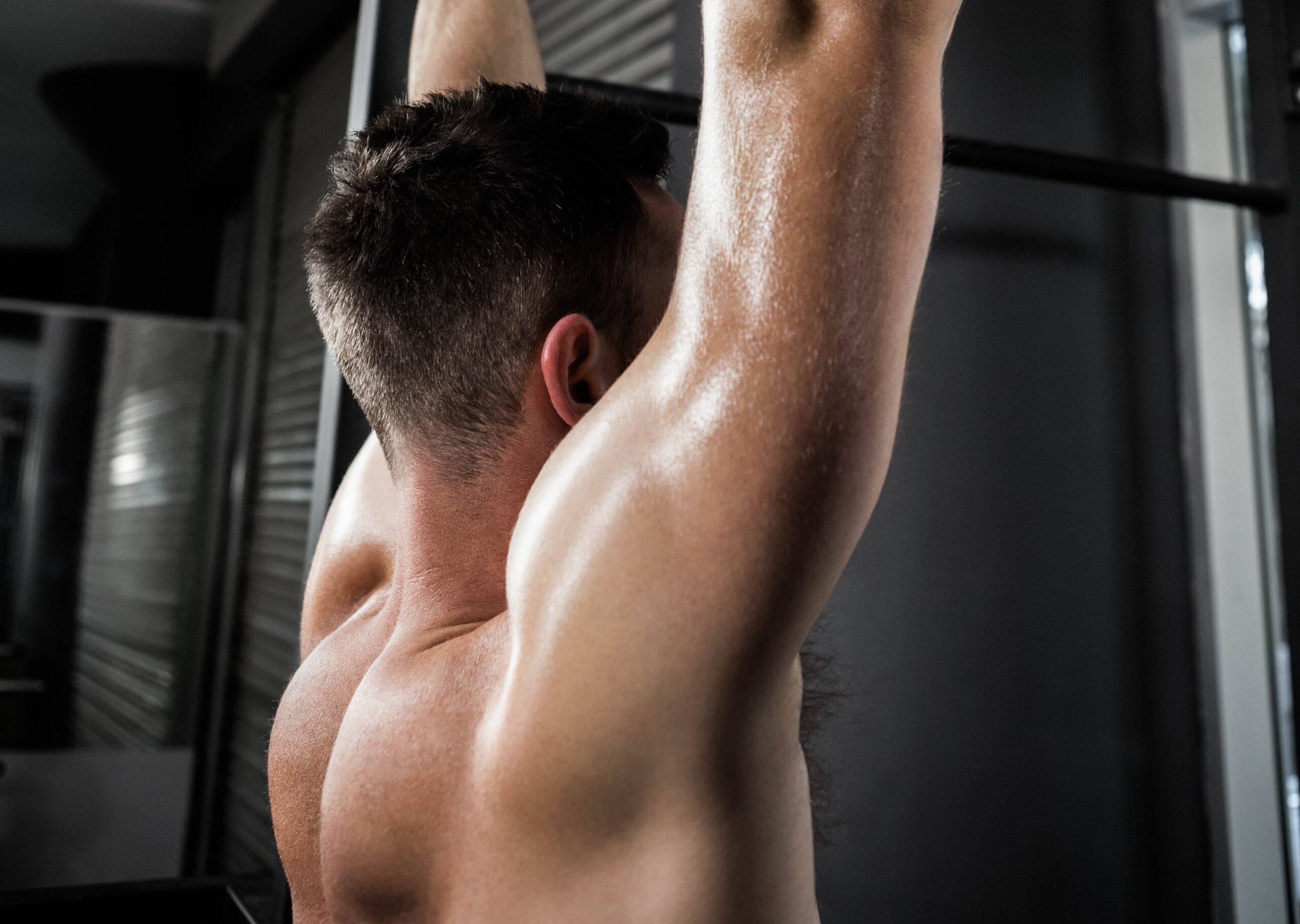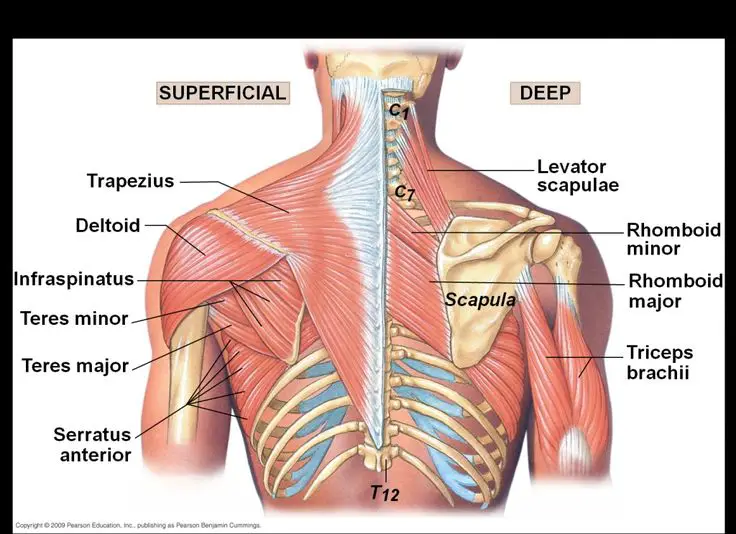
The scapular pull ups are essential not only for perfect pull ups but also for healthy shoulders. Learn how to perform scapular pull ups properly and about its many benefits.
What are scapular pull ups?
Scapular pull ups, often called scapula pull ups, are an upper body exercise that uses a smaller range of motion than regular pull ups. Scapular pull ups are actually the most difficult part of the pull ups. It builds strength in the lower part of the pull ups and improves shoulder mobility by reinforcing shoulder extension.
Benefits of scapular pull ups
Scapular pull ups have many benefits, here are 3 of them
Strength
As mentioned above, the lower part of the pull up is the most difficult. So, if you can’t even start a pull up or struggle in the lower part, scapular pull ups will build strength in that specific range of motion, which will make it hassle-free.
mobility and stability
Scapular pull ups improve shoulder mobility by reinforcing shoulder extension And develops proper movement patterns in pulling motions. It also helps with shoulder stability by teaching you how to control scapula depression, rotation, and retraction.
helps with shoulder pain
Many people are struggling with shoulder pain from pull ups. Usually, it is because of the forward shoulder position. Scapula retraction is an important part of pull ups that many people forget about. Scapular pull ups are a great treatment for this kind of pain.
scapular pull ups muscles worked
The primary muscles involved in scapular pull ups are the trapezius, rhomboids, and latissimus dorsi.
The rhomboids are muscles found in the back underneath the trapezius. They are most responsible for allowing the shoulder blades to come together. An important aspect of the pull up is the downward rotation of the scapula. The rhomboids stabilize the scapula so they can rotate upward and downward throughout the movement. When pulling the body up, the scapula rotates down. When returning to the starting position, it rotates up.

image from pinterest
How to do scapular pull ups
- grab the pull up bar with a shoulders width grip
- from a passive hang (protracted shoulders), you want to draw the scapula down and together – imagine that there’s a coin between your midback, and try to squeeze it as tight as possible.
- When you feel like you can’t squeeze any further draw the shoulder blades down towards the hips to fully engage the lats
- You want to do this entire movement without bending the elbows.
example
tips
- Try to „bend the bar” – you should feel your arms sparrow deeper into the shoulder socket.
- During this exercise try to keep a hollow body position
- Concentrate on the work of the scapula as you move.
- Do the exercise slowly, with full feeling of the muscle group involved.
- Pay attention to proper breathing.
Common mistakes
- Training without the warm up
- Arching the back without actually engaging the shoulder blades.
- Moving too quickly
- Bending the elbows
Progressions
Although scapular pull ups are quite a simple bodyweight exercise, some people might not be able to do them. It can be because of a lack of mobility or strength. These few exercises should solve the problem and help with scapular pull ups.
Passive hang
Passive hang allows your upper body to fully relax with your arms overhead. Every second spent in this position is working on your shoulder joint range of motion. This may solve the mobility issue.
Active hang
Scapular pull ups are the repetitions of passive hang to active hang. Active hang differs from passive hang in that in passive hang only your wrists and forearms are engaged. It engages a lot more muscles, the same as in scapular pull ups. Active hang will build strength in the muscles involved.
Assisted scapular pull ups
An alternative option to hanging is assisted scapular pull ups. You can do them in 2 ways – with legs touching the ground (or something else, eg. elevated on a chair), and supporting the movement. or with the resistance band if you have one. To practice with the resistance band, place a band around the pull up bar, and place your foot inside the other end. With a band assisting you, exercise requires significantly less strength.
